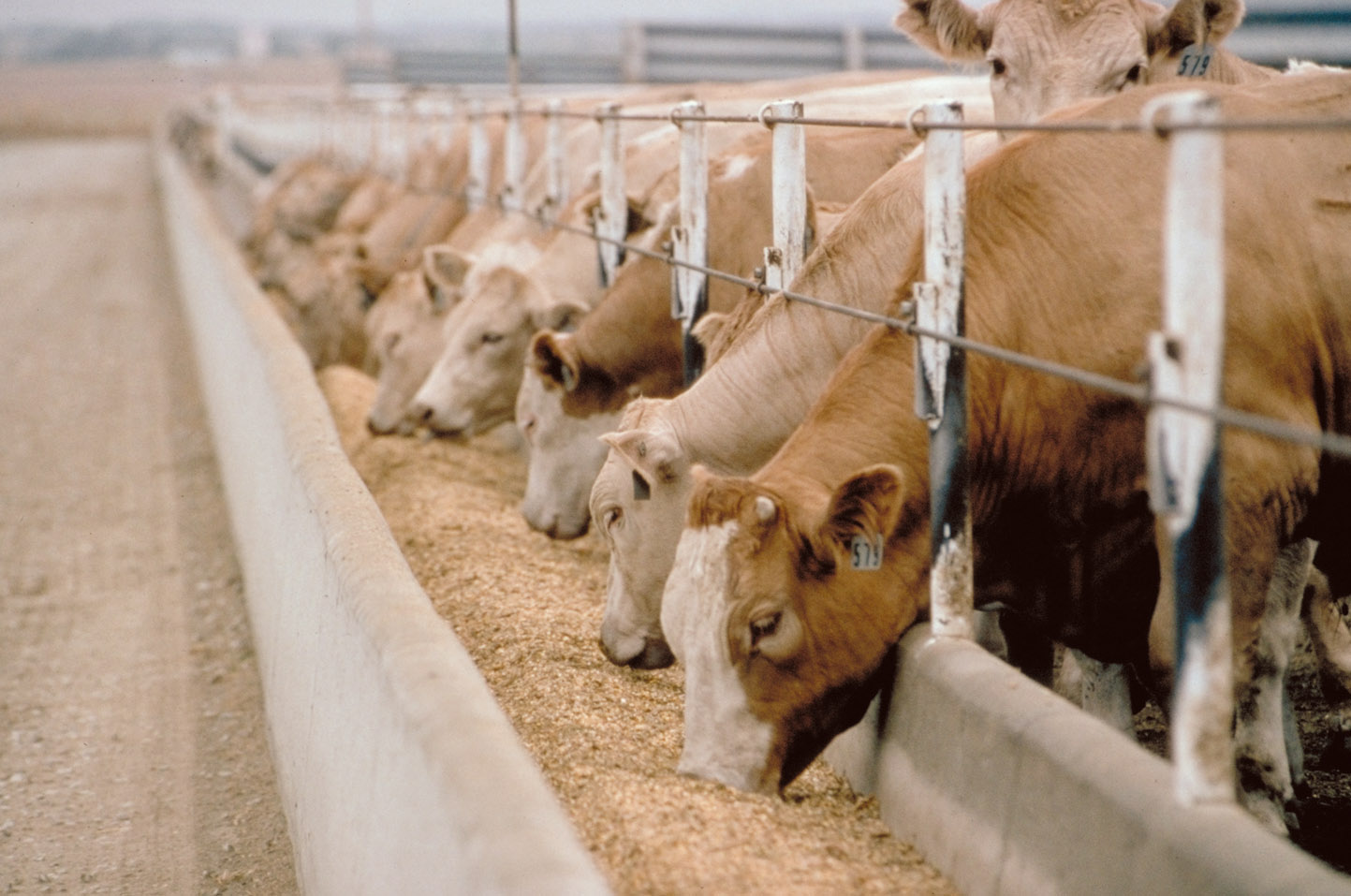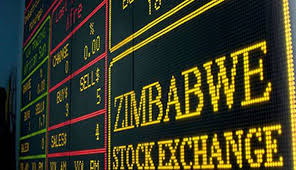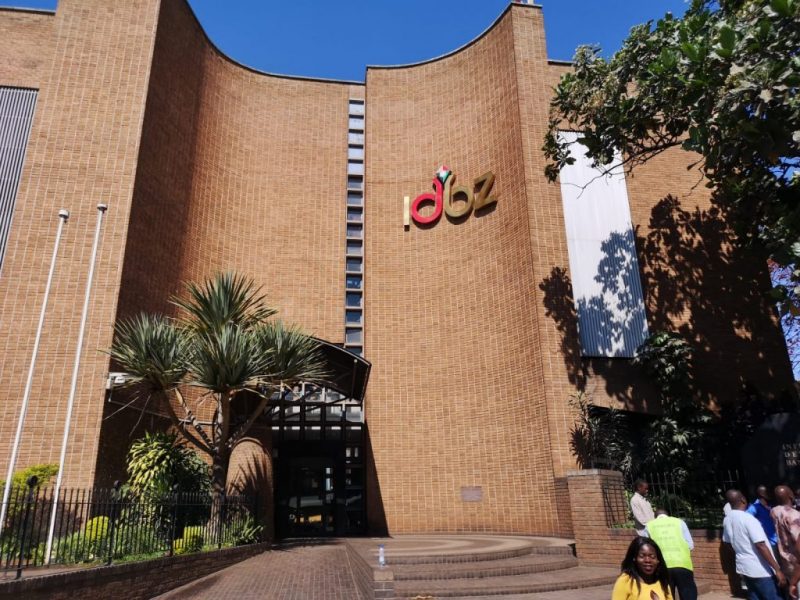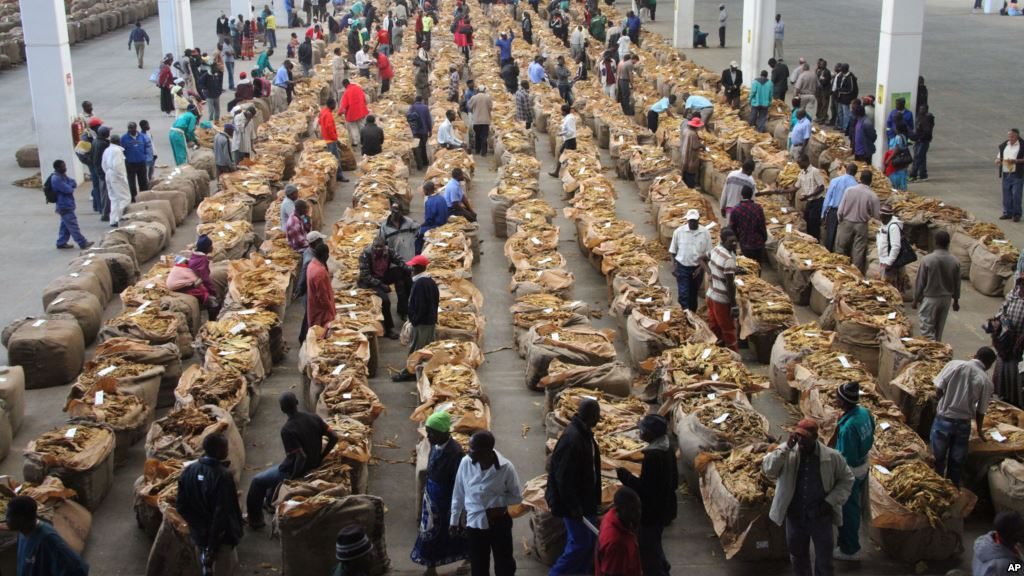Local tobacco funding surge may mask offshore influence
While the 2024/25 tobacco season has seen a significant US$632.4 million injection from local banks, the apparent surge in domestic funding may obscure the continued influence of offshore capital.
In a recent update to the Minister of Lands, Agriculture, Fisheries, Water and Rural Development, Dr Anxious Masuka, regarding progress on the Tobacco Value Chain Transformation Plan (2021-25), the Tobacco Industry and Marketing Board (TIMB) reported that local funding of the tobacco sector had reached 67 percent — nearing the plan’s target of almost 70 percent.
Leading the pack is Stanbic Bank, with a contribution of US$415 million.
Following Stanbic was CABS, which provided approximately US$73.5 million in funding. CBZ Bank ranks as the third-largest contributor, injecting about US$58.3 million, while Nedbank provided US$34.8 million.
While these top four banks represent the largest financial contributors, other institutions also played a part in supporting the tobacco sector. Ecobank contributed US$15.5 million, FBC Bank US$7.7 million, and NMB US$25.4 million. BancABC provided US$300 000, AFC Land Bank supported with US$1.5 million, AFC Bank with US$276 000 and POSB with US$233 000.
The funding provided was intended for both tobacco production and the purchasing of the crop from farmers.
The bulk of the funding to farmers is channelled through tobacco merchants. These merchants shoulder the risk of providing loans to growers, primarily in the form of essential inputs such as seed, fertiliser, and chemicals.
This indirect funding model has emerged due to the reluctance of banks to directly lend to individual farmers, who often lack the traditional collateral required by banks. The perceived higher risk associated with direct agricultural lending has led banks to favour established merchants as intermediaries.
Furthermore, some of the larger merchants utilise surrogate companies to contract farmers on their behalf.
These surrogate entities, similar to individual farmers, also lack the necessary collateral to directly access bank loans. Consequently, the main merchants often act as guarantors or the primary borrowers, extending inputs and support to the farmers through these surrogate structures.
Analysts suggest that banks with foreign ownership could be acting as conduits for international tobacco companies, receiving funds via parent companies for on-lending to their affiliated local merchants.
They propose that these banks might be receiving funds that international tobacco companies would have traditionally deposited with the banks’ parent companies, for subsequent lending to their affiliated local merchants. This implies that a portion of the “local” funding might originate from offshore sources channelled through the parent-subsidiary relationship, rather than representing a net increase in domestically sourced financing for the tobacco industry.
Analysts highlight that Stanbic Bank, a subsidiary of the South African Standard Bank Group, and CABS, owned by Old Mutual Zimbabwe Limited (itself a subsidiary of the international financial services conglomerate Old Mutual PLC), apparently contributed nearly 80 percent of the funding.
The analysts further observe that under such arrangements, loans extended to affiliate local companies are classified as “local loans,” attracting significantly higher interest rates of 18 to 21 percent.
This contrasts sharply with the 5 to 8 percent interest rates that would likely apply if the funding were directly sourced offshore. The analysts contend that the interest rate differential increases the borrowing costs for local tobacco merchants affiliated with international players.
“This ultimately increases the cost of capital, which in turn raises operating costs, thereby reducing the profits and consequently the tax obligations that local tobacco merchants would be required to pay to the Zimbabwe Revenue Authority (ZIMRA),” said a local tobacco expert.
Observers suggest that the funds channelled by local banks without any affiliation to foreign institutions likely represent the actual increase in indigenous funding directed towards supporting the tobacco sector. The beneficiaries may predominantly include large-scale commercial farmers.
“For a true gauge of local funding, attention should be paid to the funds originating from the local banks without foreign ties, as these likely reflect the genuine increase in indigenous capital supporting the sector,” Carlos Tadya, a Harare-based economic analyst, said in an interview.
However, some local banks are also bringing foreign lines of credit that prefer lending to exporters, which might include tobacco merchants.
Addressing a Parliamentary Portfolio Committee on Lands, Agriculture, Fisheries, Water and Rural Development recently, Mr Pat Devenish, TIMB chairman, stated that while the aim was to increase the localisation of tobacco financing for better returns, it would require time due to bank capacity constraints.
Presently, around 95 percent of farmers rely on contract farming, a system introduced in 2004 to address the funding gap left by banks’ reluctance to offer loans to land reform beneficiaries.
Under these contracts, farmers receive inputs from companies using TIMB-prescribed packages and are obligated to sell their tobacco to the contracting firm, with debt recovery via a stop order system.
“We want the tobacco crop to be funded by local banks,” Mr Devenish said. “(But) at this time, the balance sheets are not big enough. As the banks get bigger, I am sure more and more local companies will be buying and processing tobacco,” he said.
Tobacco remains a cornerstone of Zimbabwe’s economy, ranking as the country’s second-largest foreign currency earner after gold. Last year, total tobacco exports reached an impressive US$1.3 billion.
However, industry experts believe Zimbabwe has the capacity to significantly increase its earnings from this “golden leaf” by strategically investing in beneficiation and value addition facilities. Currently, the bulk of Zimbabwe’s tobacco exports are in raw form. By establishing local processing plants for activities such as cigarette manufacturing, tobacco flavouring, and the production of other tobacco-derived products, the country can tap into higher-value segments of the global market.
While Zimbabwe is ranked among the world’s top tobacco producers, it has not realised substantial revenue from the commodity due to limited beneficiation and value addition facilities. Concerns have also been raised regarding illicit financial flows even in the processed tobacco being exported.
This could result from the under-declaration of the value of exports, as well as the inflation of input costs by merchants, ultimately leading to farmers repaying loans for overpriced supplies.-herald










